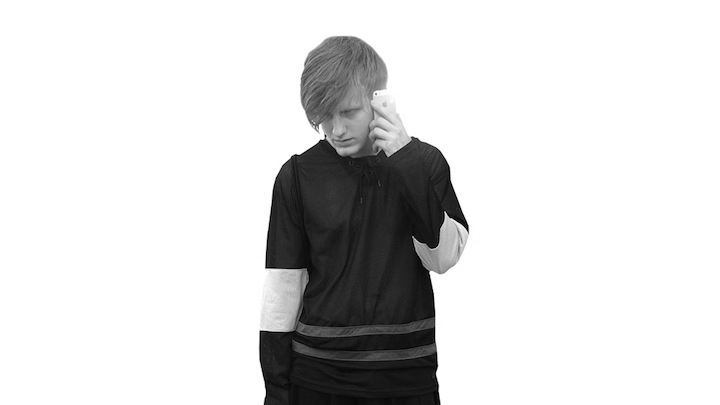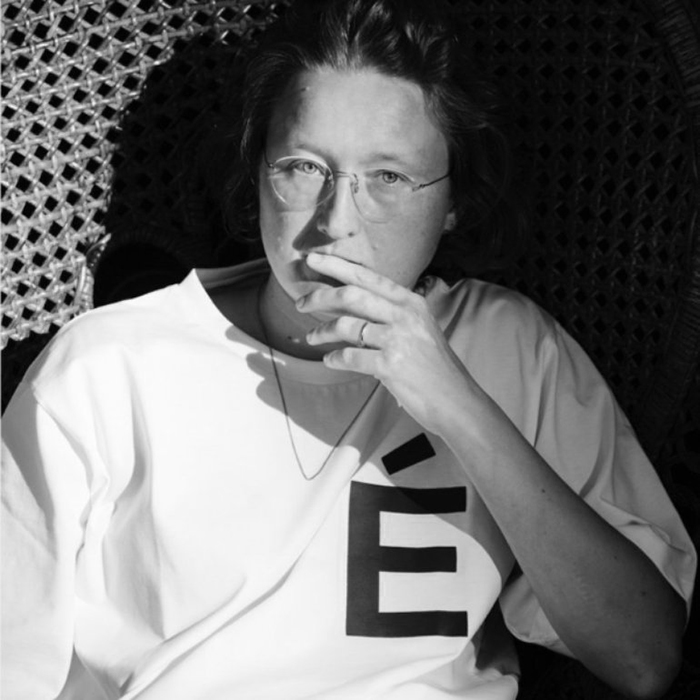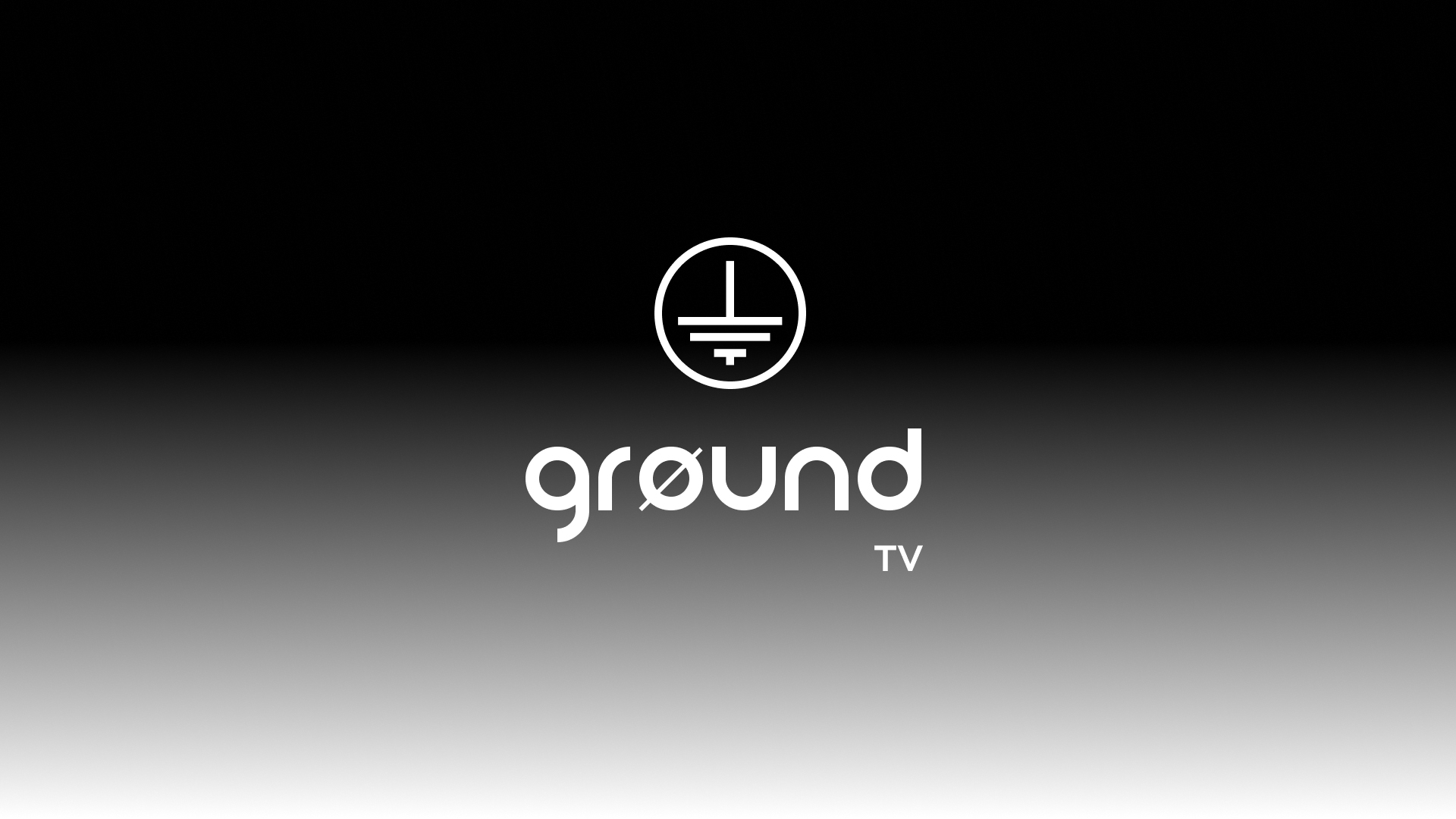Interview: Get to know Alfred English
Alfred English is a force to be reckoned with. The graphic designer/music producer/label manager is a triple threat within the music industry, and unstoppable in today’s climate. We recently chatted with the talented artist. Check it out below!
Hey, Alfred, it’s great to finally have a chat! You boast an eclectic resume in the industry, having worked for Mad Decent, produced art for Future, and now, you are Ultramajic’s label manager. Did you gravitate towards graphics or music first? What were your earliest artistic inspirations?
Both music and graphics. One of my first, favorite CDs was Linkin Park’s “Reanimation” album. It was distributed as a two-fold digipak that had a sleeve for a booklet which included really cool art on all the pages. When I was like fourteen my family hosted a foreign exchange student from Brazil; he was a total computer wizard. He works for Facebook now, and he’s at the top of the food chain over there, but most importantly, he taught me how to torrent. My first batch of downloads included both Photoshop and FL Studio, so I pretty much started with making graphic art and producing music at the same time.
Your background in art – both visual and audio – seems to be reflect a DIY trend of contemporary coming-of-age artists who, thanks to the internet, dabble in a little of everything. Tell us a little bit about your journey from being a backup vocalist and keyboardist in a metal band to your stint as “Hot Goon” to now, where you have released Piston, an EP without any clear genre(s).
My very first start in music was making cybergrind/nintendocore tracks in FL Studio with my friend Aaron. I would make a song that is like 1 minute of programmed blast beats and loud noises, then I’d record Aaron screaming in my closet. We loved it, but what kept us going was that there was a large scene for this on Myspace back in the day. This was my first introduction to the concept of an online music scene. I guess it must’ve really fascinated me in a profound way because ever since then I’ve kind of been drifting through different music scenes. Like Santa Claus, I come one night a year to drop a batch of presents in your genre, then I’m onto the next one.
The music video for “Piston” is beautiful. Having designed the album’s artwork yourself, what did you look to achieve with the aesthetic of the track’s video?
Michael Perzigian actually hit me up as a fan of my work, and asked me if I wanted a music video. I said “sure” not expecting much, but what he sent me back really surprised me because he just understood it. The only real direction I gave him is that I wanted the color palette to remain monochromatic. The rest of the video is pretty much entirely his vision. He did a great job.
The 3D art present in the video reminds me of Ultramajic’s transcendental geometry. Do you feel this style (or other style[s]) or 3-D art represent a powerful, contemporary form of tech meets brush?
I think this style is extremely contemporary, in the sense that it could only be happening now at a time where 3D software and 3D models are so readily available to everyone and anyone, but being the type of person I am, a lot of what I see on Instagram or Tumblr bores me. I’m always looking for people that are operating on the next level and taking things a step further beyond your average Cinema4D user. Lately, I’ve been really into the work of Sam Rolfes, Felipe Pantone, and Tabor Robak.
You once said (to Dan Hickey), that you are “inspired by the internet.” To clarify, you claimed to be inspired both by the fact that you can listen to an album a minute after it drops and by the unclassifiable sounds that now saturate music platforms around the world. In your own words, would you care to update your stance, or does your Pizza Talk still ring true?
This is absolutely still true. The speed in which we can access new art through the internet is incredible. It’s changed art forever. The rate we’re able to move through new ideas really only gives you two options:
-Stay riding the forefront of what’s new and popular then capitalize
-Develop a style that is near impossible to replicate then capitalize “The speed in which we can access new art through the internet is incredible. It’s changed art forever.”
Go on; we’re listening.
How do you feel the internet has affected one’s access to self-representation(/expression)?
Do you think the next generation of creators will become apathetic to the surplus of information or do you think they will be even more computer savvy than us millennials?
I think the next generation is going to have a relationship with technology like we’ve never seen before. I think they’ll be super fast learners and become so capable of handling large amounts of new information that they will have superhero-like multitasking abilities. Also, something Jimmy Edgar and I talk about a bit is the idea that we are beginning to communicate in a way that is closing in on telepathy. The way we identify ourselves through memes, tagging our friends, and say so much through emojis. There is a major paradigm shift happening in the way we communicate simple thoughts and emotions with each other.
Interview by Austin Bell.




Leave a Reply